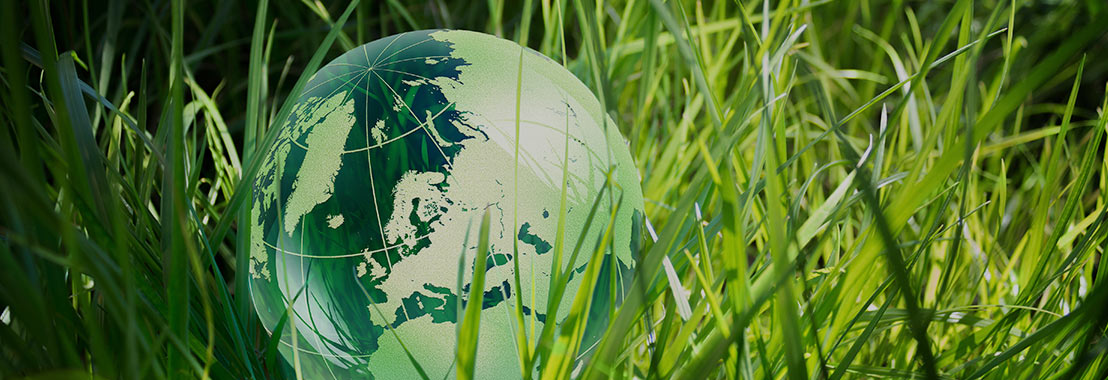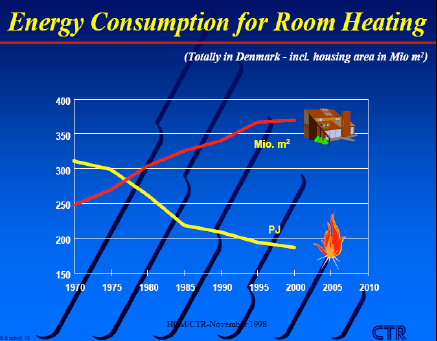It is really very simple.
Improved efficiency + cleaner fuels = cleaner air + lower emissions.
Denmark is considered a leader in the deployment of district energy. In the early 1980s legislation was introduced mandating that all buildings (in specific density nodes) had to connect to district energy systems. More importantly, the district energy systems had to, over time, introduce combined heat and power and cleaner fuels.
Environmentally, the outcome was dramatic. As shown in this graph, the Danish housing stock grew by over 50% over the 30 year period 1970 to 2000. However, during the same period total greenhouse gas emissions fell by 40%. When you combine these two statistics, emissions per square foot of building space fell by 57%. The Danish statistics continue to improve since this report.
Markham District Energy lowers greenhouse gas emissions in Markham Centre and Cornell Centre by over 35%.
LEED stands for Leadership in Energy and Environmental Design. LEED is a green building rating system to provide a recognized standard to assess the environmental sustainability of building designs. The Canadian Green Building Council (CaGBC) reviews and awards the earned LEED designation. A building must pursue advanced and efficient energy systems if striving to earn silver, gold or platinum LEED designations. Connecting to a district energy system in Markham will earn projects LEED points.


